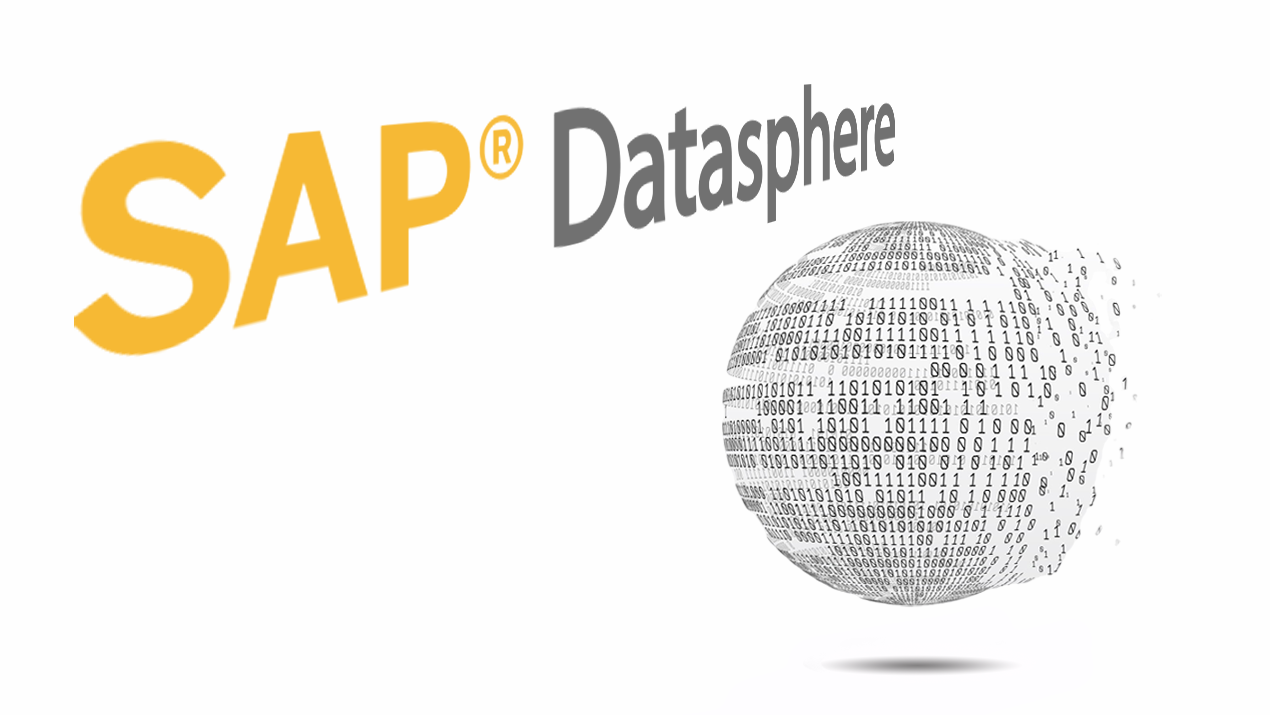Integrating data from ERP systems is a major challenge for companies. ERP systems, like SAP’s, generate massive volumes of complex data, making it difficult to extract and transform for analytical purposes.
What’s more, companies need access to this data in near-real time to support rapid decision-making. Traditional approaches to data management result in information silos, slowing down processes. In the face of these challenges, SAP DATASPHERE represents a centralized solution for ensuring the fluidity, speed and integrity of data flows.
SAP DATASPHERE integration tools
Data integration is at the heart of any modern analytical strategy. With DATASPHERE, SAP offers a solution for extracting, transforming and loading data from its ERP such as, SAP S/4HANA and SAP ECC, by exploiting DATASPHERE tools such as ” Replication ” flows, ” Data ” flows, or ” Remote ” tables. This article explores these features and highlights each of these three tools:
| Criteria | Data Flow | Replication Flow | Remote Table |
| General description | ETL (Extract, Transform, Load) pipeline for extracting, transforming and loading data into local SAP Datasphere tables. | Fast, efficient replication of data from a source (SAP or non-SAP) to SAP Datasphere or other destinations such as a data lake or cloud storage. | Direct, virtual access to data located in a remote source, without a physical copy in Datasphere. |
| Data source | Multiple sources (SAP and non-SAP). | Multiple sources (SAP S/4HANA, SAP BW, SAP ECC, etc.). | Remote systems (CDS views, ODP providers, databases (with primary key). |
| Data destination | Always a local table in SAP Datasphere. | Local tables in SAP Datasphere or other external destinations (Amazon S3, Azure Data Lake, Google Big Query, etc.). | Virtual access without physical replication. Data remains in the remote source but accessible in DATASPHERE. |
| Data transformation | Support for complex transformations such as aggregations, filtering, calculations and mappings. | Limited transformations (mainly for configuring columns to be included in replication). | No transformation. Data is consulted as it exists in the source. (Data federation) |
| Data updates | Sequences of replication and data loading tasks can be automated with ” Task Chain “ | Support for incremental updates with Change Data Capture (CDC) to synchronize changes in near-real time. | Real-time access to source data. Changes are immediately visible. |
In this table, we could have added the Transformations Flows, but in terms of functionality, this tool is very similar to the Data Flows, since the only difference is that they only act on data already present in DATASPHERE (no Extraction, Example use case: clean existing data in DATASPHERE).
How do you choose the right integration tool?
To choose between these different tools, you first need to define your use case:
Data Flow: Integration and transformation of external data
If you need to acquire external data with many transformations, and then consolidate it in DATASPHERE, choose Data Flow. Example : Use it if you want to integrate data from multiple sources, such as CSV files and SQL databases, before transforming and analyzing them in DATASPHERE.
Remote Table: Virtual access to SAP data without physical storage
If you need to use a structured table in DATASPHERE, Remote Table is the solution: no data is stored, virtualization is total, and storage costs are virtually zero in DATASPHERE. Example: Use it to consult SAP S/4HANA inventories in real time, without creating duplicates.
Replication Flow : Réplication de Données SAP vers des Destinations Externes
If the need is to retrieve data from an SAP ERP and send it to the Data Warehouse of a “hyperscaler” such as Google, Amazon or Azure, then Replication Flow is the solution, as it is the only way to create a target table external to DATASPHERE. Example : Use it to replicate SAP S/4HANA order data in an AWS S3 Data Lake for archiving purposes.
Updating data in real time
These three tools cover a wide range of uses, and we’re going to focus on data updating.
Remote tables supply data in real time, thanks to data federation. Replication flow uses Change Data Capture (CDC) technology, which directly detects changes in the source, enabling data to be loaded in near-real time. Finally, data flows are ETL pipelines that can be scheduled via Task Chain, and in some cases it is possible to reduce the flow execution frequency to very short intervals (e.g. automatic data update every 2 minutes using Task Chain), thus getting closer to near real-time synchronization.
To conclude :
Data integration with DATASPHERE is a fundamental element in optimizing enterprise data management. Thanks to its flagship tools – Data Flows, Replication Flows and Remote Tables – DATASPHERE offers total flexibility to meet a wide range of data extraction, transformation and delivery requirements.
With its cloud-native architecture and advanced integration capabilities, DATASPHERE is more than just a next-generation data warehouse. Thanks to its data flow management, it also becomes a powerful ETL for SAP ecosystems, facilitating access to critical SAP ERP data (ECC, S/4HANA) and the implementation of advanced reporting and analytical scenarios.
By adopting DATASPHERE, you can control every data flow, strengthen data governance and optimize infrastructure costs, while guaranteeing maximum performance. This platform is no longer just a ” warehouse ” but the backbone of the SAP analytics ecosystem.
So, in the face of increasingly complex data flows, DATASPHERE becomes an essential strategic response, combining performance, flexibility and cost control.


